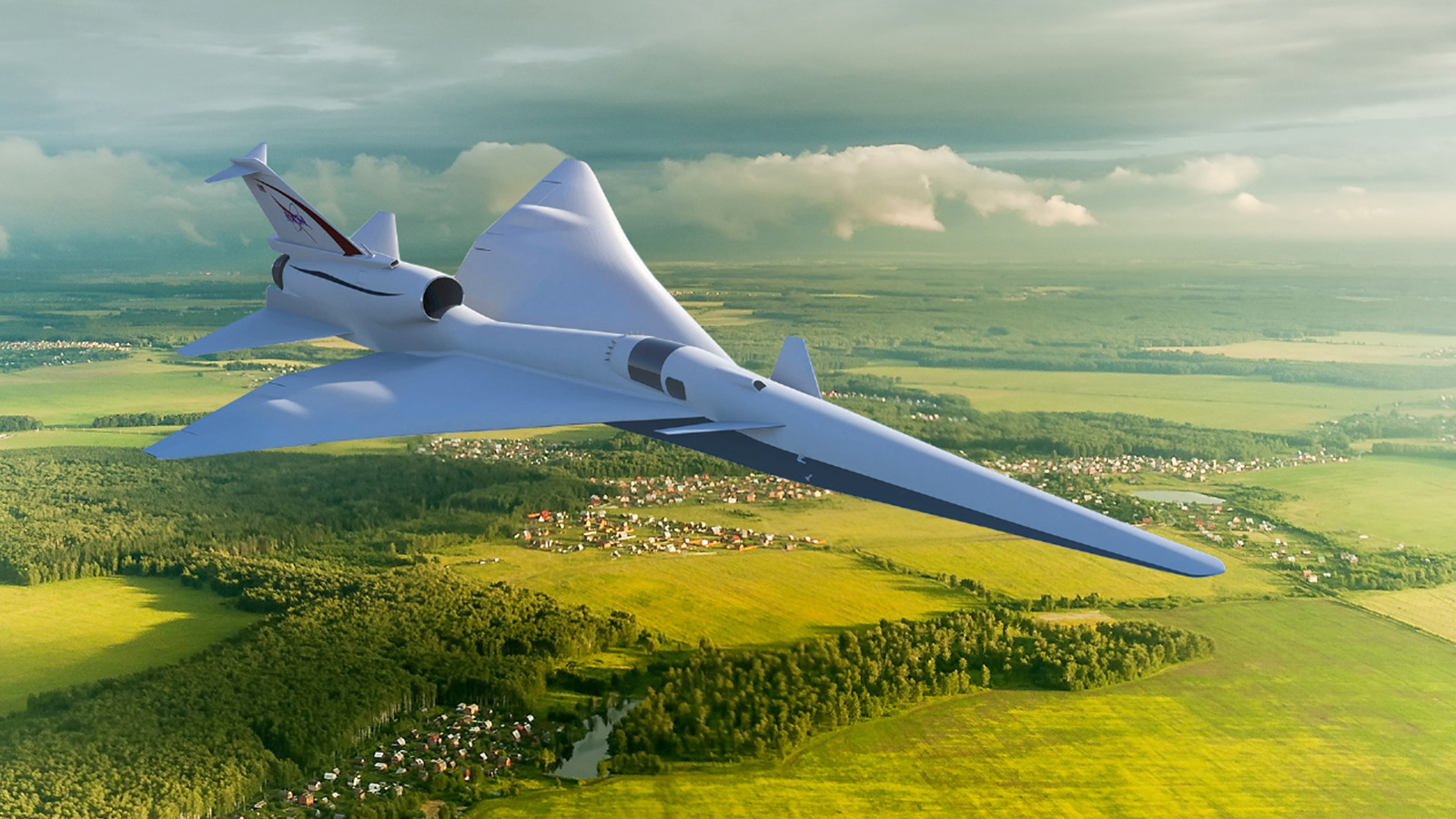Stay Up to Date
Submit your email address to receive the latest industry and Aerospace America news.
Despite nearly a half-billion-dollar proposed reduction, NASA Administrator Jim Bridenstine today called the White House’s 2020 budget request for NASA “strong” and highlighted priorities in aeronautics, Earth science and human space exploration.
The Trump administration’s fiscal 2020 budget released today asks Congress for $21 billion for NASA, about $480 million less than what was approved for fiscal 2019.
Bridenstine spoke in a NASA livestream from Kennedy Space Center in Florida, where U.S. astronauts are scheduled to launch from this year after an eight-year hiatus. Bridenstine acknowledged the priority the budget request places on human spaceflight, but said funding was strong for other priorities too.
The budget summary shows $1.8 billion for Earth science. President Donald Trump “has now signed into law the highest Earth science budget of the history of the United States of America every year he has been the president of the United States,” Bridenstine said.
He said the fiscal 2020 request gives $70 million less to aeronautics while continuing to fund it “at a very strong level.” Bridenstine said the $666 million to aeronautics would complete assembly of the X-59 QueSST (supersonic transport) demonstrator and, in doing so, lay the groundwork “so that for the first time we can get regulations on the books in the United States of America that say you can fly supersonic” over land. He said research into all-electric aircraft could one day lead to 60 percent lower commercial flight costs, and that under the budget request NASA would continue development of the X-57 Maxwell demonstrator. Turning to urban air mobility, he said NASA wants to accelerate research into this class of vehicles that would transport people around cities, someday autonomously.
On the space side, the 2020 proposal gives $10.7 billion to exploration programs aimed at sustaining a human presence on the moon as “the proving ground” for going on to Mars, Bridenstine said. The exploration budget includes continued development of the space station-like “lunar Gateway” command and service module as well as robotic commercial landings to place 10 NASA science instruments on the lunar surface as soon as this year.
The budget proposal, for the second year in a row, proposes cutting off funding for the Wide Field Infrared Survey Telescope, which is estimated to cost $3.2 billion. Congress last year gave a partial reprieve. Bridenstine did not mention this telescope, but he noted that astrophysics research could be conducted from the lunar Gateway facility or even from the far side of the moon.
As for the delayed and over-budget James Webb Space Telescope, Bridenstine said it is going to establish “America as the leader in physics for the next 30 years.”
About Amanda Miller
Amanda is a freelance reporter and editor based near Denver with 20 years of experience at weekly and daily publications.
Related Posts
Stay Up to Date
Submit your email address to receive the latest industry and Aerospace America news.




